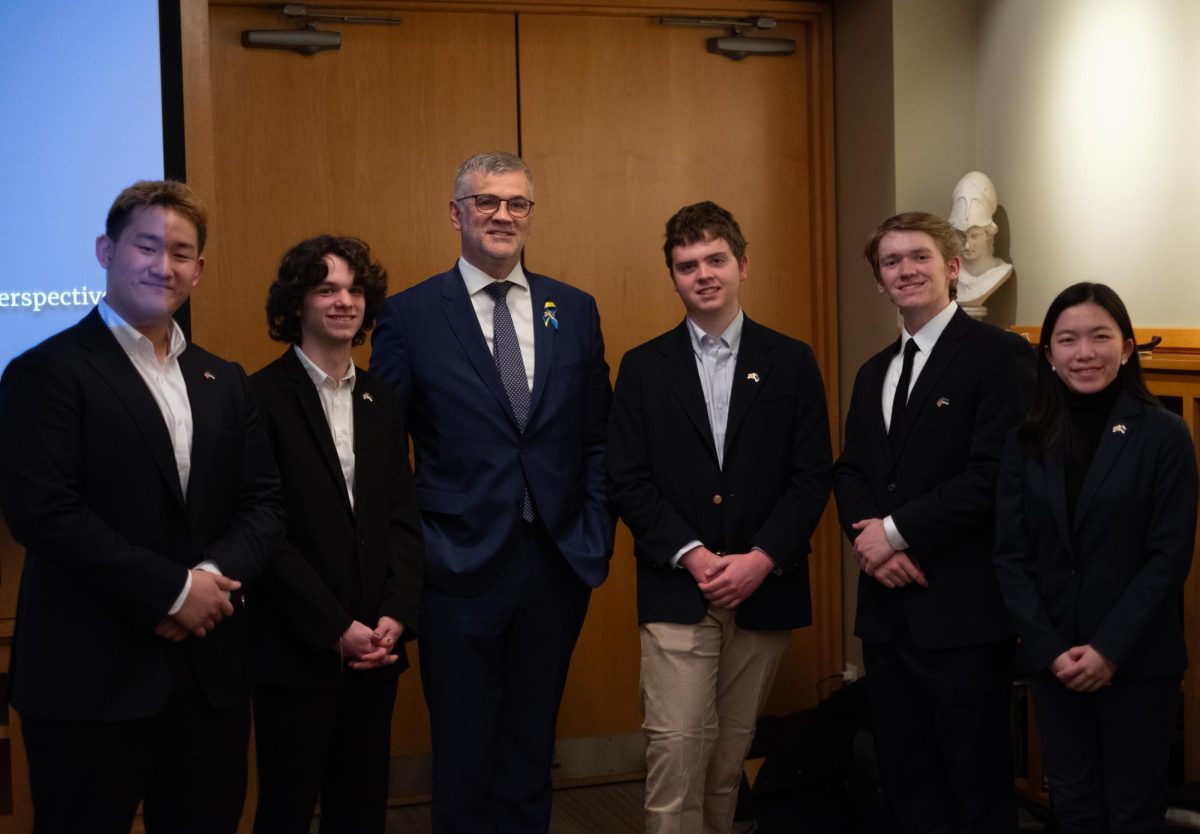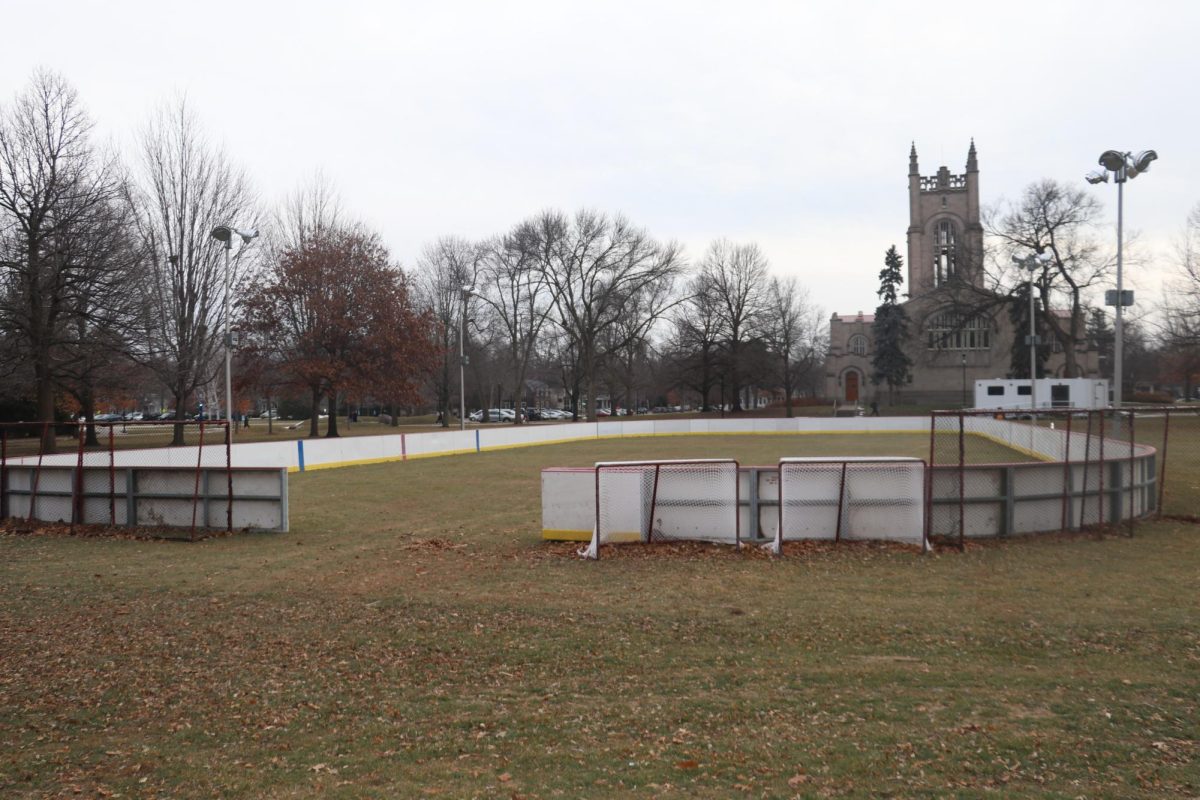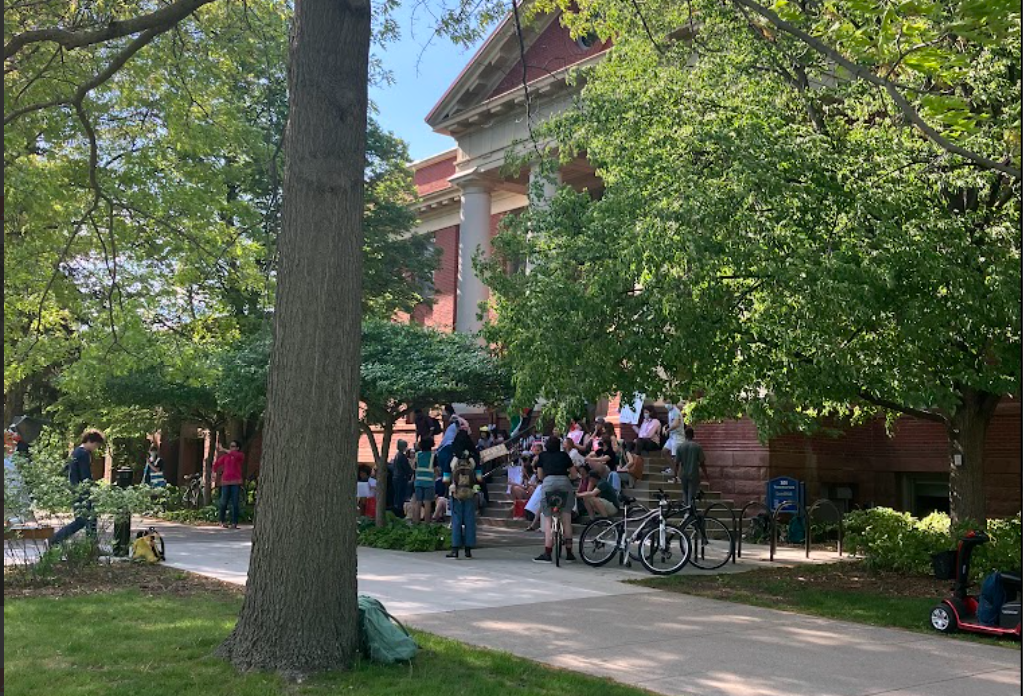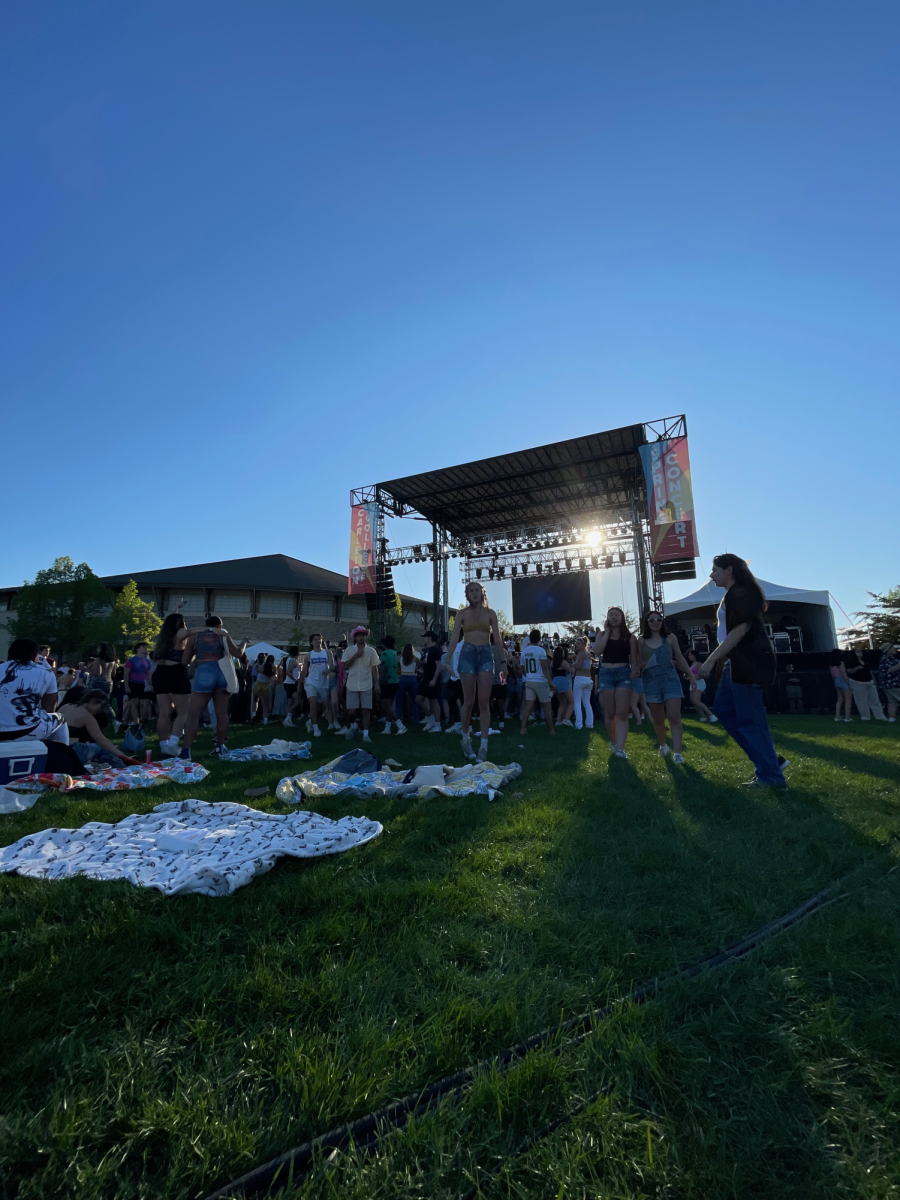As students returned to campus for winter term, one thing stuck out: the lack of snow. A notable feature of Carleton is its harsh and snowy winter, but this year has been noticeably warmer and more slushy.
This snowless winter is particularly noticeable in contrast with the amount of snow Minnesota received last year: according to the Minnesota Department of Natural Resources, the Northfield area received 4-8 inches of snow last winter, with other areas of Minnesota receiving a record 30 inches. This winter, nearly the entire state has seen no snow.
The warm weather poses obstacles for Carleton winter activities that need snow or ice to function. With these programs unable to function as normal, many students who were relying on these classes or teams for PE credit are concerned about unplanned schedule changes. One such club is Nordic Skiing, whose captain Charlie Roslansky ‘24, said their race team has been training as usual for upcoming competitions, but “it’s pretty rough when we haven’t gotten any snow yet, so we’re just doing our best.” While waiting for snow, the Nordic Ski club has been organizing other outdoor activities: “We’re the biggest sports club in Carleton, so a lot of people are relying on us to get their PE credits done,” Roslansky explained. “What we’re doing in the meantime is just practices we’re organizing together, just outdoor games basically.”
Other cold-weather activities have had their seasonal plans disrupted, with delays and possibilities of cancellation. The Beginner Hockey class, for example, had to delay the start of class in the hopes that the ice rink would eventually freeze. According to one of the class’ instructors, Jacob Sanders ‘25, “so far the plan has been to just push it back as much as we can, so, ideally, we’ll start on the third week.” Having to change the class’ schedule is unfamiliar for the course’s history. The other instructor, Allison Audette ‘25 said, “We’ve both taught this class the past two years and when we’ve gotten here every winter it’s been cold enough, so we started right away the first week.” Both instructors are disappointed in the change, “I think for a lot of Minnesotans a big part of the winter is like playing outdoor hockey and when you can’t do that it’s kind of sad,” explained Audette.
This unusually warm and snowless winter is primarily caused by El Niño, the warm phase of the El Niño-Southern Oscillation (“ENSO”) climate pattern, in which the ocean surface temperature becomes warmer, disrupting normal wind flow and making northern areas of the U.S. — like Minnesota — warmer and dryer, while making other parts of the world colder than usual. Despite this natural climate pattern, this season’s warmth is unprecedented, with the state having experienced its warmest December since 1895, said the Minnesota Department of Natural Resources.
The warm weather reveals a distressing truth; 2023 was the hottest year on record. Climate monitors have tracked how much global temperatures have risen above the pre-industrial level, aka the global temperature in 1850. Global powers agreed under the 2015 Paris agreement to attempt to prevent the global temperature from exceeding 1.5 °C. In 2023, global warming was measured to be 1.48 °C above 1850. Additionally, the New York Times reported that researchers estimated based on satellite and geographical data that not only was 2023 the hottest year since 1850, but it was likely the hottest in 100,000 years.
History and Environmental Studies professor George Vrtis points out the shocking value of that data. “Just ten years ago we thought the cushion [before reaching 1.5 °C] was 2050, and then the cushion was shrinking to 2030. And now we’re there. We’re effectively there in 2023. And so I find that a stunning realization to talk about.” Vrtis points out the possible other impacts that such a warm winter could have on a state so used to heavy snow and frigid temperatures. “It’s going to recalibrate for Minnesotans what they think of as normal over time, because there’s going to be a generation that’s being born in Minnesota now that’s not going to know that experience.”
Vrtis also points out the inequalities in the way people are affected by the warming climate. “It’s something that society is going to have to contend with in order to try to mitigate the effects of climate change and to do that in a just way for all peoples, because all peoples do not suffer equally from environmental change.”












